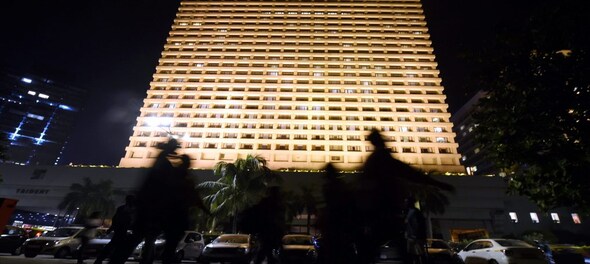
Mumbai as we know it today, emerged from the sea or at least by reclaiming land from the sea. And no single piece of reclamation in the city is as famous as that which led to the creation of Nariman Point, the Southern-most tip of the peninsula.
The British received the seven islets including Colaba, Mazgaon, Parel, Mahim and Worli besides Bombay as dowry during the marriage of Charles II to a Portuguese princess in 1661, but did little with it for the next 100 years. The first major attempt to turn a part of the sea into land came in 1784 with the commencement of the Hornby Vellard project, which aimed to build a causeway uniting all the seven islands with a deep natural harbour. The project, which was started by the then governor William Hornby, was completed by 1838.
Over the next 100 years, reclamation boomed as private companies recognised the potential of the emerging city.
As part of this, the idea of the Backbay reclamation was first mooted in the 1860s the Backbay Reclamation Company was formed for the purpose, according to a TIFR report. But soon after land prices crashed, the company went into liquidation and the plan had to be shelved. It was revived in the 1920s but midway through it had already overshot its initial estimates of time and budget. This drew the attention of a prominent lawyer and member of the Congress, Khurshed Framji Nariman and Manu Subedar, a member of the Central Legislative Assembly, who led an attack on the administration both in the courts and in the press for financial irregularities. Eventually a large part of the project had to be shelved. A major portion of the part that was built was sold to the military and some 16 acres were incorporated into the Marine Drive and its sea-wall.
In the 1940s, Nariman proposed converting the place into a business district by reclaiming part of the land near Churchgate from the Arabian Sea. The shallow sea coast was filled with concrete cement along with steel at a cost of around three lakh rupees. Further reinforcements were carried out later.
ALSO READ | Economic Survey 2021: What worked, what didn't
Even though Nariman led the Backbay Enquiry Committee which exposed the rot by the British engineer George Buchanan, it is after him that the developed area is now named. The city’s last major reclamation from the sea, at Nariman Point, happened in the 1960s and 70s when many of the present day office towers came up. What followed was a construction boom. The Oberoi Hotel (then called the Oberoi-Sheraton) came up in April 1973, the Air India building in 1974, as did many of today’s office buildings. The boom was marred by accusations of collusion between the government and builders but by the 1980s, Nariman Point had become the country’s premier office district, with properties priced at rates that were among the highest in the world.
—Sundeep Khanna is a former editor and the co-author of the recently released Azim Premji: The Man Beyond the Billions. Views are personal
(Edited by : Ajay Vaishnav)
Check out our in-depth Market Coverage, Business News & get real-time Stock Market Updates on CNBC-TV18. Also, Watch our channels CNBC-TV18, CNBC Awaaz and CNBC Bajar Live on-the-go!


Delhi, Indore, Surat and Banswara — why these are the most challenging domains for Congress internally
May 4, 2024 1:53 PM
Congress nominee from Puri Lok Sabha seat withdraws, citing no funds from party
May 4, 2024 12:00 PM
Lok Sabha Polls '24 | Rahul Gandhi in Rae Bareli, why not Amethi
May 4, 2024 9:43 AM

